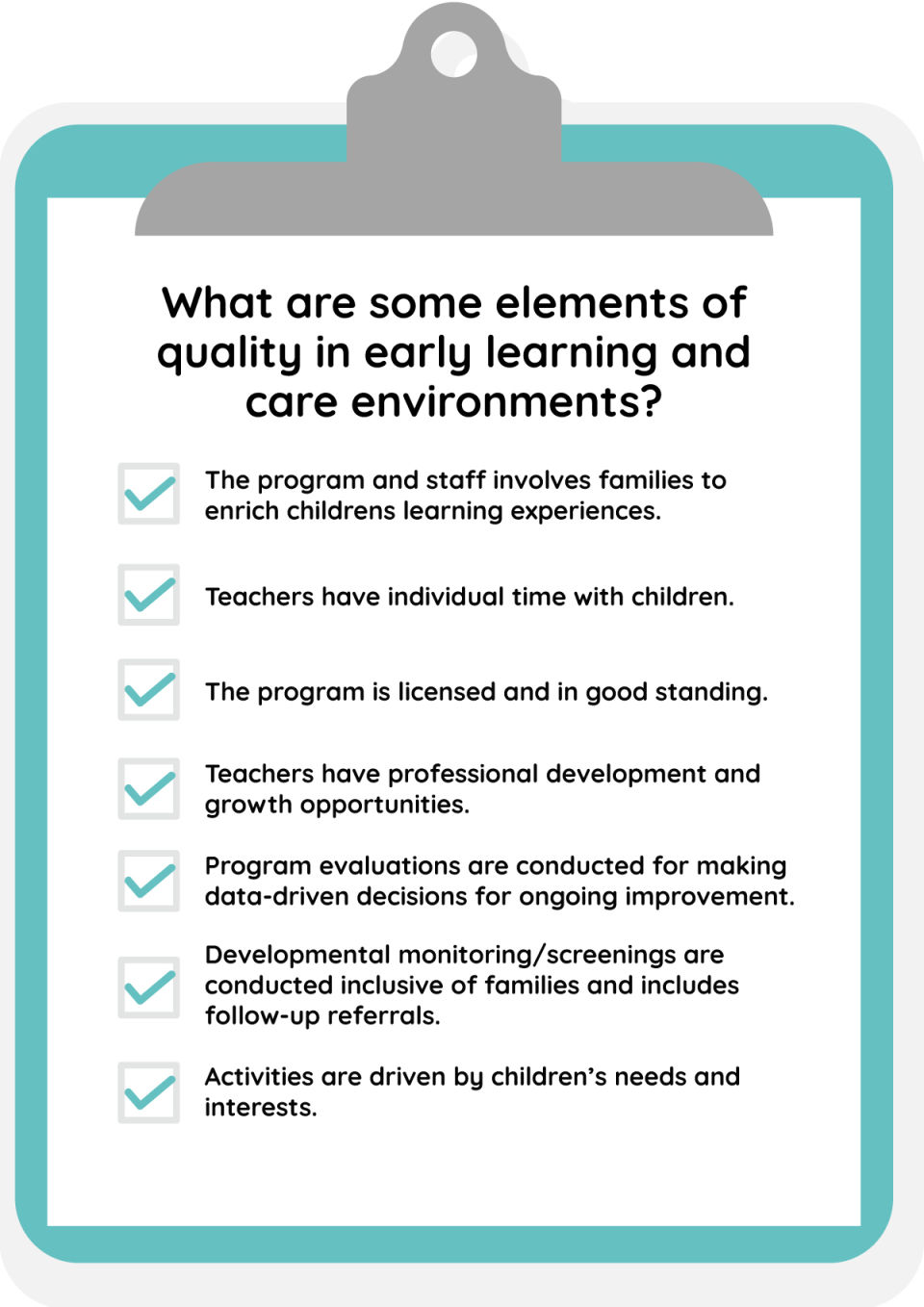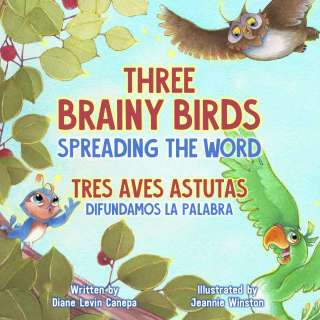Selecting a preschool that’s right for your child is important because most often it’s your child’s first experience in a school setting. Here’s information to help you with that selection process.

Finding the right preschool that matches your child’s needs is important. You want your child’s first school experience to be a positive one that leads to success. Many factors need to be considered when you're looking for a quality preschool, and it takes time to find the right one. Beyond trusting your child in their hands, preschool providers should also be skilled enough to enhance your child’s learning and growth.
When researching preschools in your area, ask friends and other parents for their recommendations. Your local public school district and/or County Office of Education also may have a list of preschools in the area. Additionally, you can contact your First 5 county commission for more information.
When and How to Sign Up:
Most preschool programs are designed for children between ages of two and five years old. Preschools tend to fill up quickly, so it’s best to start looking for options when your child is around one year old or even sooner.
Preschools often have waitlists or future student lists to which you can add your child for the school year when they meet the age requirement for enrollment. Every preschool will require you to enroll your child before they can start attending. When you visit a preschool, ask about their specific sign-up process – all preschools have slightly different paperwork and requirements. Most commonly, preschools will ask for the following items and information when you enroll your child:
Birth certificate
Enrollment forms
Emergency contacts
Immunization records
When you’ve found a few preschools, there are three main things you need to consider when choosing which one is right for your family:
Teachers: Qualified teachers are an important part of your child’s early education because they’re the ones who not only will instruct your child but will offer comfort and encouragement.
Curriculum: What and how they teach your child matters. They may have lesson plans, which will tell you what your child will learn throughout the year.
Environment: When you visit a preschool, look at the classroom and play areas to see how the children play, interact, and learn.

Check out Quality Counts California to find out more about how the state of California is ensuring quality early learning experiences for your child from child care to preschools.
If your child is unable to attend preschool, check with your local First 5 county commission to see if Pre-K programs are offered through the school district. These valuable programs are often held for several weeks in the summer to help get children ready for school.
There are other ways to engage your child too: visit your local library, find local play groups, and/or sign up for other activities through your local Parks and Recreation Centers or Family Resource Centers.






